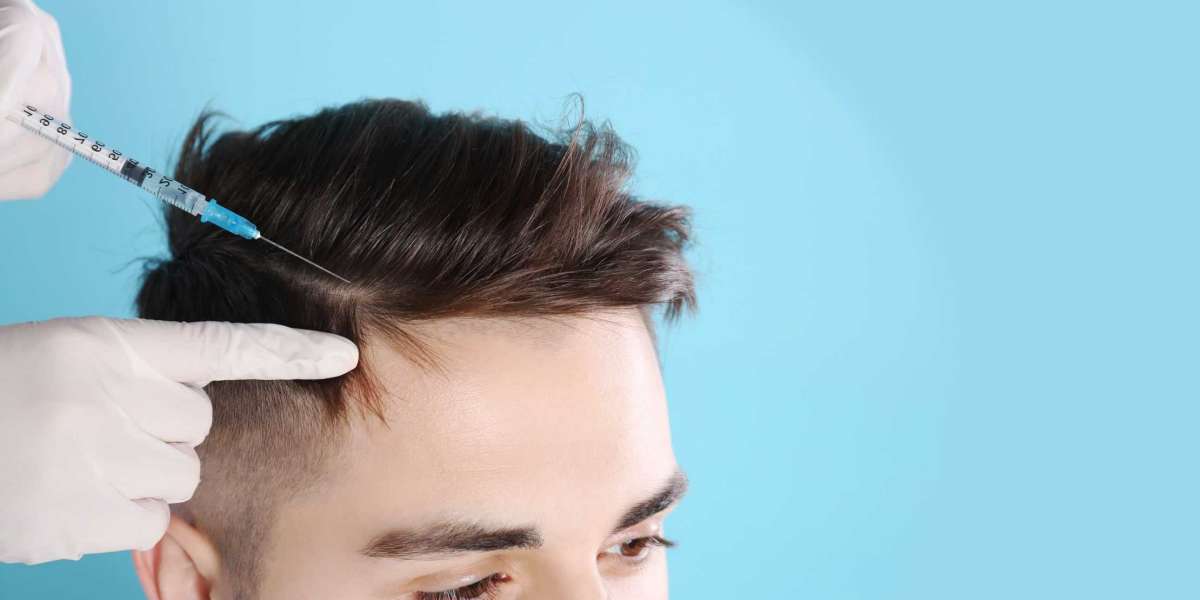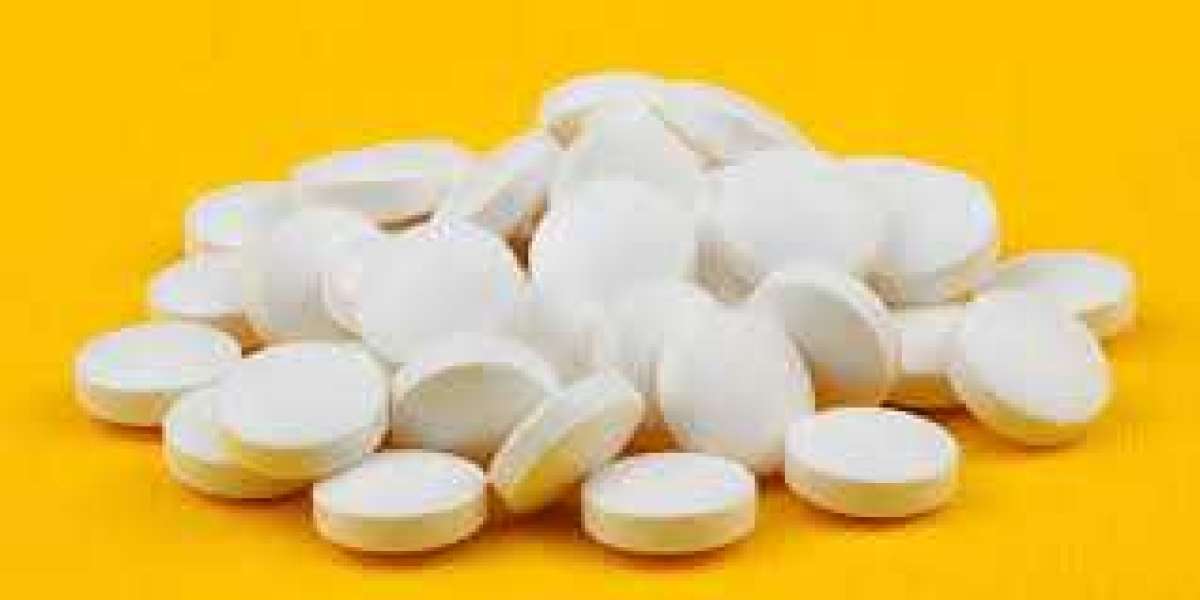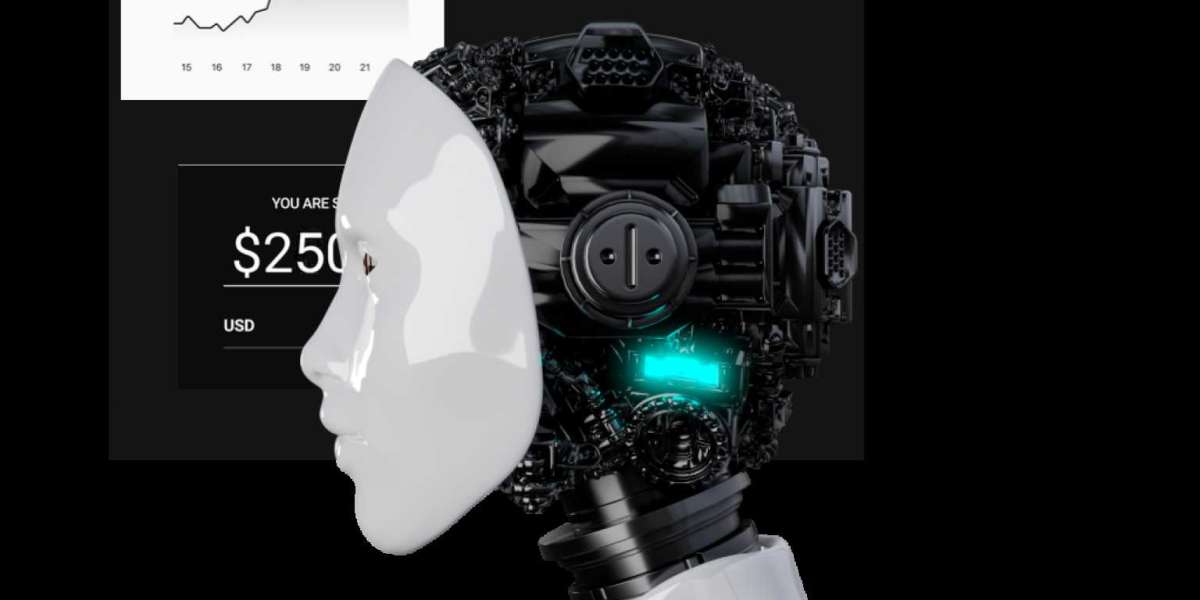When it comes to Hair Plasma (Platelet-Rich Plasma) therapy, the treatment’s effectiveness goes beyond just a simple injection into the scalp. The real magic happens at the biochemical level, where growth factors and proteins work together to stimulate the hair follicles and promote hair regrowth. In this blog, we’ll explore the chemistry behind Hair Plasma, focusing on how growth factors play a pivotal role in the treatment’s success.
1. What Is Hair Plasma? A Brief Overview
Before we dive into the chemistry, let’s first define what Hair Plasma therapy is. Hair Plasma بلازما الشعر , or Platelet-Rich Plasma (PRP), involves using a patient’s own blood to create a concentrated solution of platelets. These platelets are rich in growth factors and proteins, which are essential for tissue healing and regeneration. During the procedure, this plasma is injected into areas of the scalp where hair thinning or loss has occurred, stimulating the hair follicles to promote new hair growth.
But how does this process work at the cellular level? The answer lies in the growth factors within the plasma.
2. The Role of Growth Factors in Hair Plasma
Growth factors are naturally occurring proteins that play a crucial role in cell growth, healing, and regeneration. In the context of Hair Plasma, growth factors encourage the healing of hair follicles, which in turn promotes the regrowth of hair. When PRP is injected into the scalp, the platelets release these growth factors, which initiate several processes that lead to hair regeneration.
The key growth factors involved in Hair Plasma therapy include:
a) Platelet-Derived Growth Factor (PDGF)
PDGF is one of the most important growth factors in Hair Plasma. It helps stimulate the proliferation of dermal papilla cells, which are essential for the growth and maintenance of hair follicles. PDGF also plays a role in the formation of new blood vessels (angiogenesis), improving the blood supply to the hair follicles, which helps nourish them and promote hair growth.
b) Vascular Endothelial Growth Factor (VEGF)
VEGF is another critical factor in Hair Plasma. It encourages the growth of new blood vessels, a process called angiogenesis. This is important because increased blood flow to the scalp ensures that hair follicles receive the necessary oxygen and nutrients to promote healthy hair growth. VEGF helps rejuvenate dormant or miniaturized hair follicles by improving circulation in the scalp.
c) Insulin-like Growth Factor (IGF)
IGF plays a role in stimulating the proliferation and differentiation of hair follicle cells. It also helps promote the survival of hair follicles by protecting them from apoptosis (cell death). IGF is essential for hair growth and helps extend the anagen (growth) phase of the hair cycle, encouraging more hair follicles to actively produce hair.
d) Transforming Growth Factor-Beta (TGF-β)
TGF-β is a growth factor that regulates the hair growth cycle. While it can inhibit hair follicle activity during certain phases, such as the catagen (regression) and telogen (resting) phases, it also plays a role in controlling the transition between hair growth and shedding cycles. Proper regulation of TGF-β ensures that hair follicles remain in the anagen phase for longer, leading to thicker and more abundant hair.
e) Epidermal Growth Factor (EGF)
EGF helps in the renewal of the skin’s outer layer (epidermis) and is essential for follicle regeneration. It promotes the proliferation of keratinocytes, the cells that make up the outer layer of the skin. In the scalp, EGF works to rejuvenate damaged skin and improve the environment of the hair follicle, encouraging hair growth.
3. How Growth Factors Stimulate Hair Follicles
When Hair Plasma is injected into the scalp, the growth factors released by the platelets enter the surrounding tissue. These factors stimulate a variety of responses in the hair follicles, including:
a) Activation of Dormant Hair Follicles: Many individuals experience hair thinning due to follicles that have entered the dormant (telogen) phase of the hair growth cycle. Growth factors help awaken these dormant follicles, encouraging them to re-enter the anagen (growth) phase.
b) Improved Blood Flow: As growth factors like VEGF stimulate the formation of new blood vessels, the hair follicles receive more oxygen and nutrients, which is essential for healthy hair growth. This increased circulation helps nourish the follicles and extend the growth phase of the hair.
c) Follicle Regeneration: The growth factors in Hair Plasma promote the regeneration of damaged follicles, allowing them to become healthier and more efficient at producing hair. This process can lead to stronger, thicker hair over time.
d) Extension of Anagen Phase: Growth factors like IGF help prolong the anagen phase of the hair growth cycle. This means that hair continues to grow for a longer period before shedding, resulting in longer, thicker hair over time.
4. The Synergy of Growth Factors and Hair Plasma
What makes Hair Plasma therapy so effective is the synergy of multiple growth factors working together to stimulate hair regrowth. Each factor has a unique function that complements the others, ensuring that the entire process of hair regeneration is optimized. By harnessing the power of these growth factors, Hair Plasma therapy creates an environment that supports the health and vitality of hair follicles.
The combination of increased blood flow, enhanced follicle activity, and regeneration of damaged tissue makes Hair Plasma an ideal treatment for individuals experiencing hair thinning or loss.
5. Other Key Components of Hair Plasma
While growth factors are the primary agents responsible for hair regrowth, there are other components of Hair Plasma that contribute to its effectiveness:
a) Plasma Proteins: In addition to growth factors, plasma contains a variety of proteins that help with tissue healing and regeneration. These proteins support the activity of the growth factors and assist in the overall healing process of the scalp.
b) White Blood Cells (WBCs): WBCs play a role in reducing inflammation and protecting the scalp from infection. They help maintain a healthy scalp environment, which is critical for supporting hair follicles during the regrowth process.
c) Stem Cells: Recent studies have suggested that stem cells present in the plasma may also contribute to hair regeneration. These cells have the potential to differentiate into various types of cells, including those needed to support hair follicle function.
6. Conclusion: The Power of Hair Plasma’s Chemistry
The chemistry behind Hair Plasma therapy is a fascinating process that involves the intricate interaction of growth factors, proteins, and cells. By harnessing the body’s own natural healing mechanisms, Hair Plasma promotes the regeneration of hair follicles, stimulates hair growth, and improves the overall health of the scalp.














